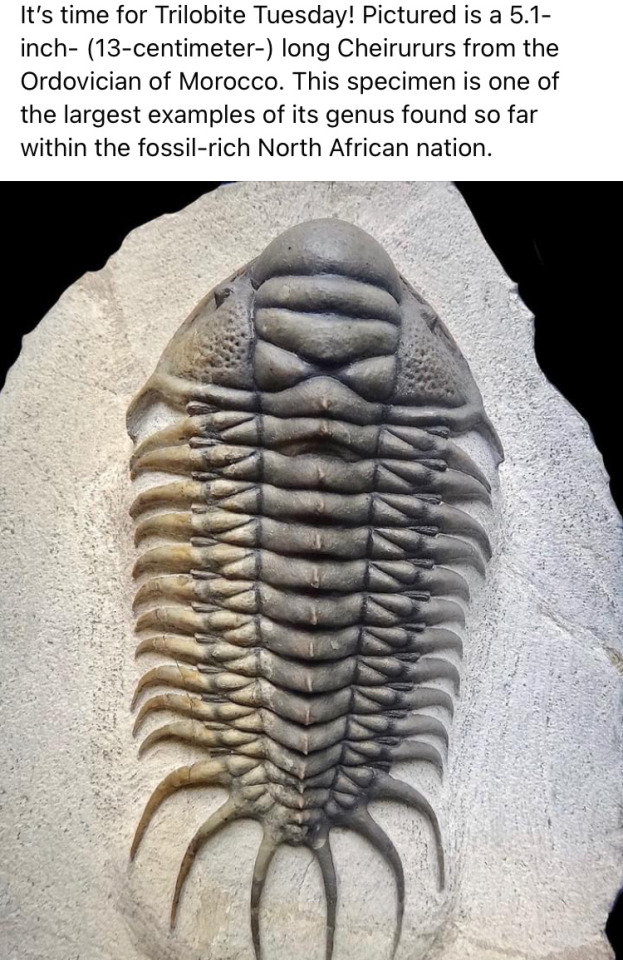#trilobite tuesday

Happy Trilobite Tuesday from the American Museum of Natural History


Nice black-and-white pictures of our trilobites by visitor Jean-Loup Dabe. You can find them in our Gallery of Evolution, in the first part of the hall. Trilobites are one of the earliest-known groups of arthropods (animals with a head, body and tail) and they stand among the most successful creatures in the history of our planet.
The first traces of these three-lobed animals are found in rocks of the Early Cambrian period, some 521 million years ago. They swam our oceans for about 300 million years! What a survivors… Exactly what caused the extinction of trilobites isn’t known, but it’s likely due to a combination of factors including environmental changes. It’s thought their populations may have been in decline for some time before a mass extinction event around 252 million years ago - the Permian-Triassic extinction - wiped them out.
They flourished to over 600 species at their zenith, with a huge variety in length – from 3mm to 72cm – of elaborate forms – some had multi-faceted eyes sitting atop towering stalks – and unique feeding strategies – some of them predatory, some of them squeezing the nutrients from mud, and some of them free-swimming.
The species in the picture is Ellipsocephalus hoffi. This species was blind and lived in deep, poorly lit habitats. It’s a common trilobite mainly from central Europe.
@amnhnyc has made a marvelous website dedicated to the terrific trilobites.
[Pictures:@jeanloupmhd, Instragram]
